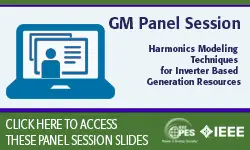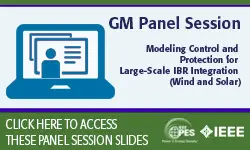Modeling and Analysis of System Transients Using Digital Programs (1998) ? PDF
IEEE Working Group 15.08.09
-
Members: FreePES
IEEE Members: $45.00
Non-members: $70.00Pages/Slides: 187
26 Aug 1998
1. INTRODUCTION This document is written in order to provide guide lines for the modeling of power system apparatus for use in time - domain solution of electromagnetic transient phenomenon. This publication has been arranged in the following eight (8) parts.
Part 1: Background
Part 2: Power Electronics
Part 3: Slow Transients
Part 4: Switching Transients
Part 5: Fast Front Transients
Part 6: Very Fast Front Transients
Part 7: Protection And Control
Part 8: Bibliography
A general statement of each area is as follows. 1.1 BACKGROUND This section presents a comprehensive summary of the background and state of the art for the transient solutions, representation of control systems, and modeling of power system components. 1.2 POWER ELECTRONICS The guideline presents the basic issues that are critical for successfully modeling of power electronics devices and the interface between power electronics and the utility or industrial system. Modeling aspects are presented for simulation of the semiconductor switching devices, power electronics system, snubber treatment, and simulation errors and control. A number of simulation examples, including FACTS modeling, are presented. 1.3 SLOW TRANSIENTS Modeling guidelines are presented for investigations of small signal torsional oscillations, large -signal shaft transient stresses, turbine -blade vibrations, fast bus transfer, controller interactions, harmonics interaction, and resonance phenomena. Sample test systems and simulation results are provided.


